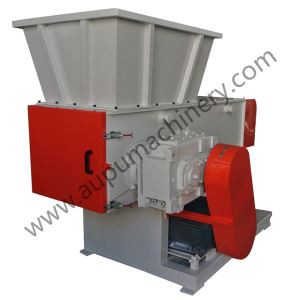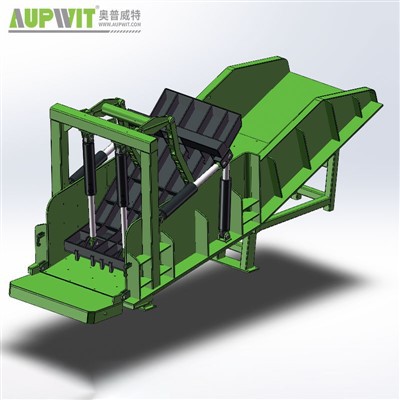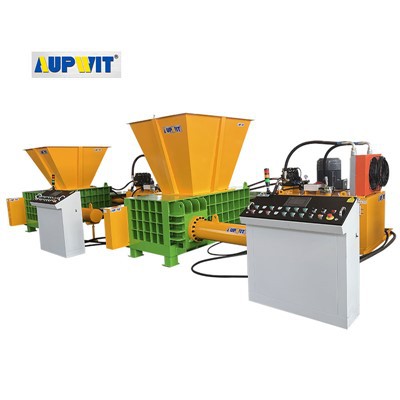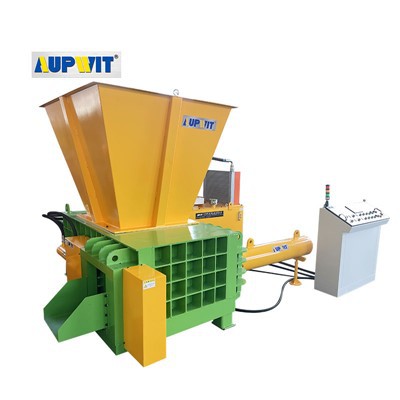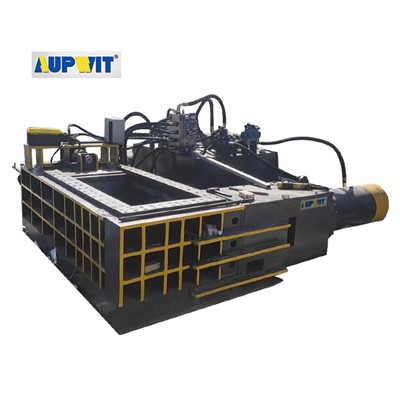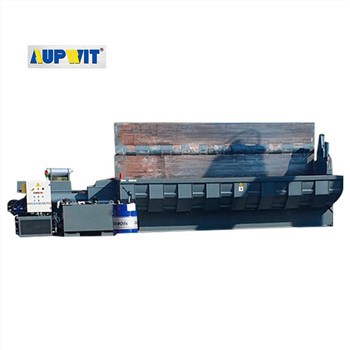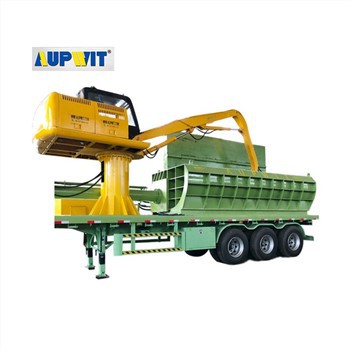Select a flat, solid and spacious ground to place Metal shredder. The site should be away from water-prone areas and well ventilated to ensure the normal operation of the equipment. At the same time, make sure there is a power supply nearby that meets the power requirements of the equipment.
2. Unpacking inspection
Carefully unpack the Metal shredder and carefully check whether all parts are complete and undamaged according to the equipment list. Check whether there are any missing parts or parts with obvious damage. If you find any problems, you should contact the manufacturer immediately.
3. Install the base
Place the base of the Metal shredder on the pre-prepared site and use a level to ensure that it is level. Then, use anchor bolts to firmly fix the base to the ground to prevent the equipment from shifting due to vibration during operation.
4. Install the main body
Install the main body of the Metal shredder to the base and connect it firmly. Make sure all connection parts are tight to avoid looseness during operation. Install related transmission devices, such as belt or chain transmission devices. When installing the belt, the tension of the belt needs to be adjusted. If it is too loose, it will slip easily and affect the transmission efficiency; if it is too tight, it will increase the wear of the belt and bearing.
5. Install the motor
Install the motor in a suitable position according to the design requirements, and connect the transmission device between the motor and the crusher body. Carefully check whether the wiring of the motor is correct to ensure that the rotation direction of the motor is consistent with the equipment requirements. For example, the motor direction can be tested by briefly powering on. If the direction is wrong, adjust the wiring sequence in time.
6. Install auxiliary equipment
Install auxiliary equipment such as feeding device, discharging device and screening device. The feeding device should be installed firmly to ensure that the material can enter the crusher smoothly and evenly; the discharging device should be connected tightly to prevent material leakage; the screening device should be installed flat to ensure that it can effectively screen out materials that meet the particle size requirements.
7. Debugging and inspection
After completing all installation work, conduct a comprehensive inspection of the equipment to ensure that all components are installed firmly and connected correctly. Then, perform no-load debugging, start the equipment, and observe whether it runs smoothly and whether there is any abnormal noise or vibration. Then, load debugging is carried out, and appropriate amount of materials are gradually added to check whether the crushing effect and output of the equipment meet the expectations. During the debugging process, if any problems are found, the machine should be stopped in time for investigation and resolution.
